There is a legendary green rock which the Voyaguers talked about which was a vein that headed into Lake Superior from the lighthouse point east of Copper Harbor. This was why Michigan included the Keweenaw and Isle Royale--the area was potentially valuable. The rock is green because it is made of chrysocolla.


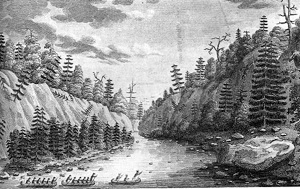
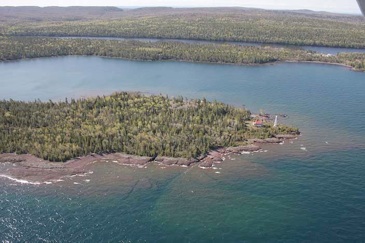
To the right is an air photo, from the Lake Superior Shoreviewer, showing the Copper Harbor Lighthouse and the Roche Verde vein.
Below is a woodcut of the Ontonagon Boulder. The size is exaggerated greatly in the image. Full Story here.
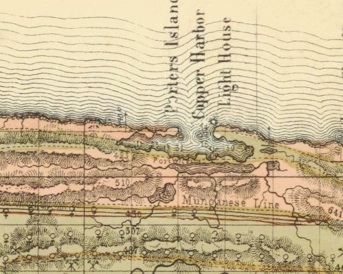
The initial prospecting by the Pittsburgh and Boston Copper Harbor Mining Company at the Green Rock in 1844 was not productive, and then the work shifted across the harbor to Fort Wilkins.
Detail of Geologic Map by Foster & Whitney, 1850 (right).

The Green Rock was much more prominent in the past. It has been dug out by people who wanted most to take it home. So now it is much less prominent. There were veins of copper like the green rock in the past--those were all collected, although such things are possible to find on Isle Royale. White calcite veins, less precious, can be found in many places--see below. In a very few places, native copper veins are found.
Chrysocolla-rich amygdaloid


Green Rock Vein
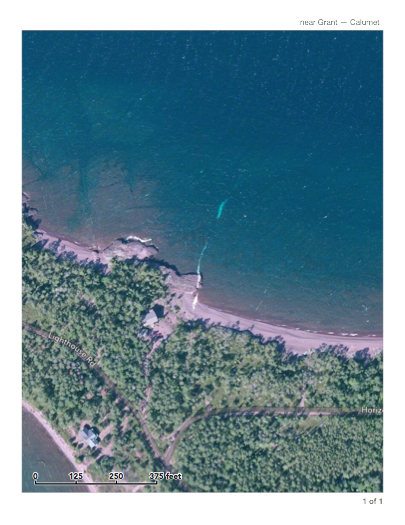

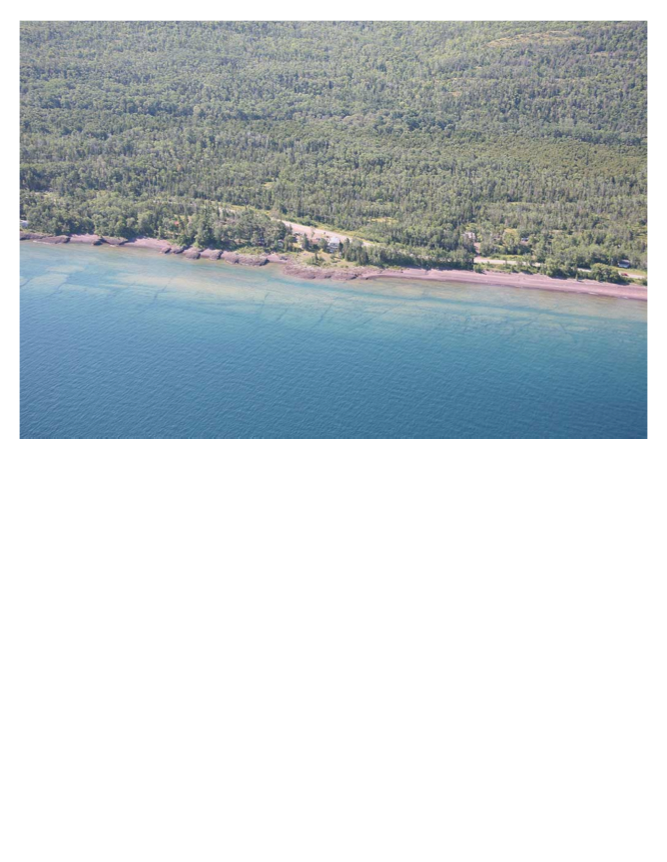
Aerial Views of Veins on the Superior Lakeshore
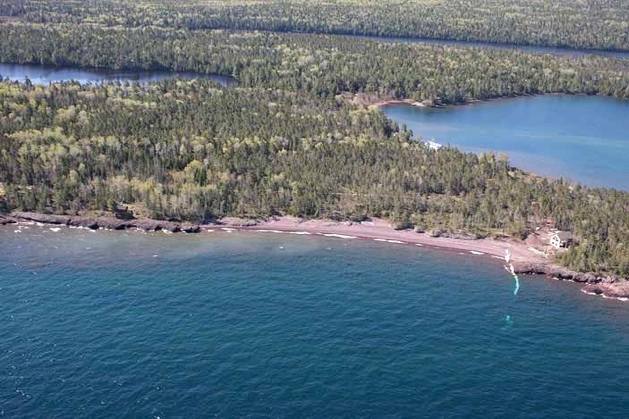
Lake Superior Shoreviewer
Veins are obvious mineralization features, especially at the shoreline. Calcite, white and reflective of the sun, shows up even through a few meters of water, and deep fissures show up as dark lineations. These were early sites to find natural treasures because copper and brightly colored minerals like chrysocolla were found in the Keweenaw, with the Green Rock being the best known.
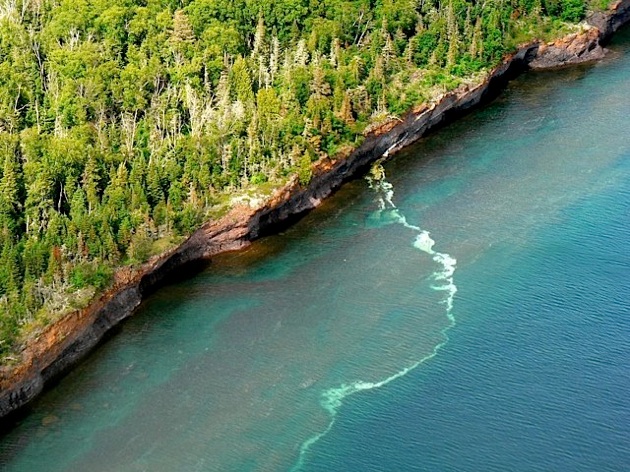



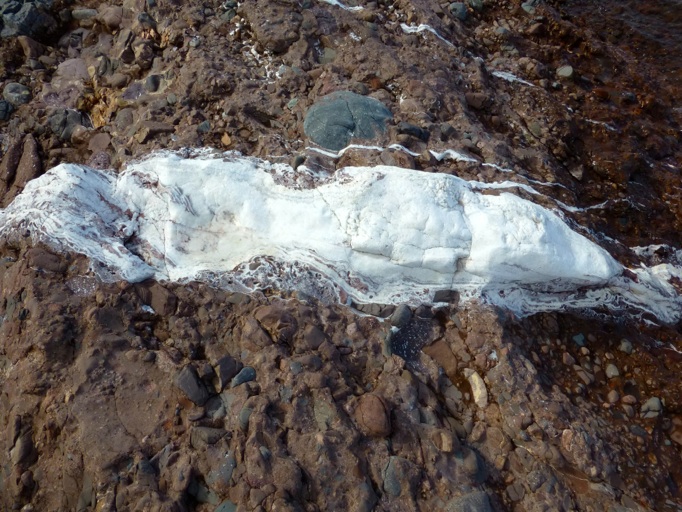
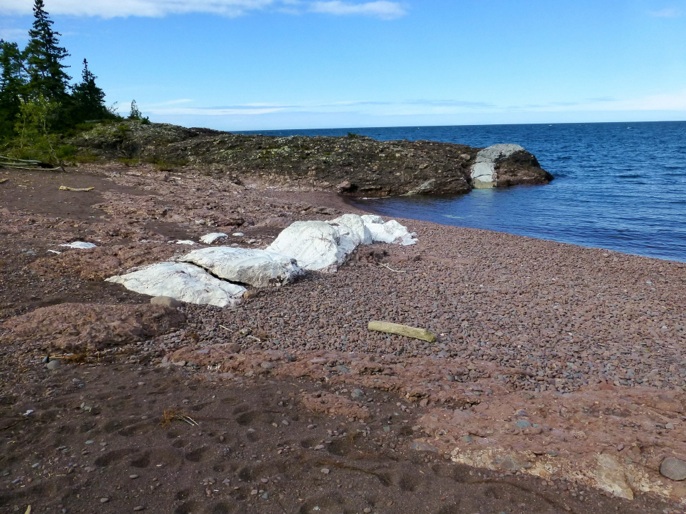
Lily Lake

